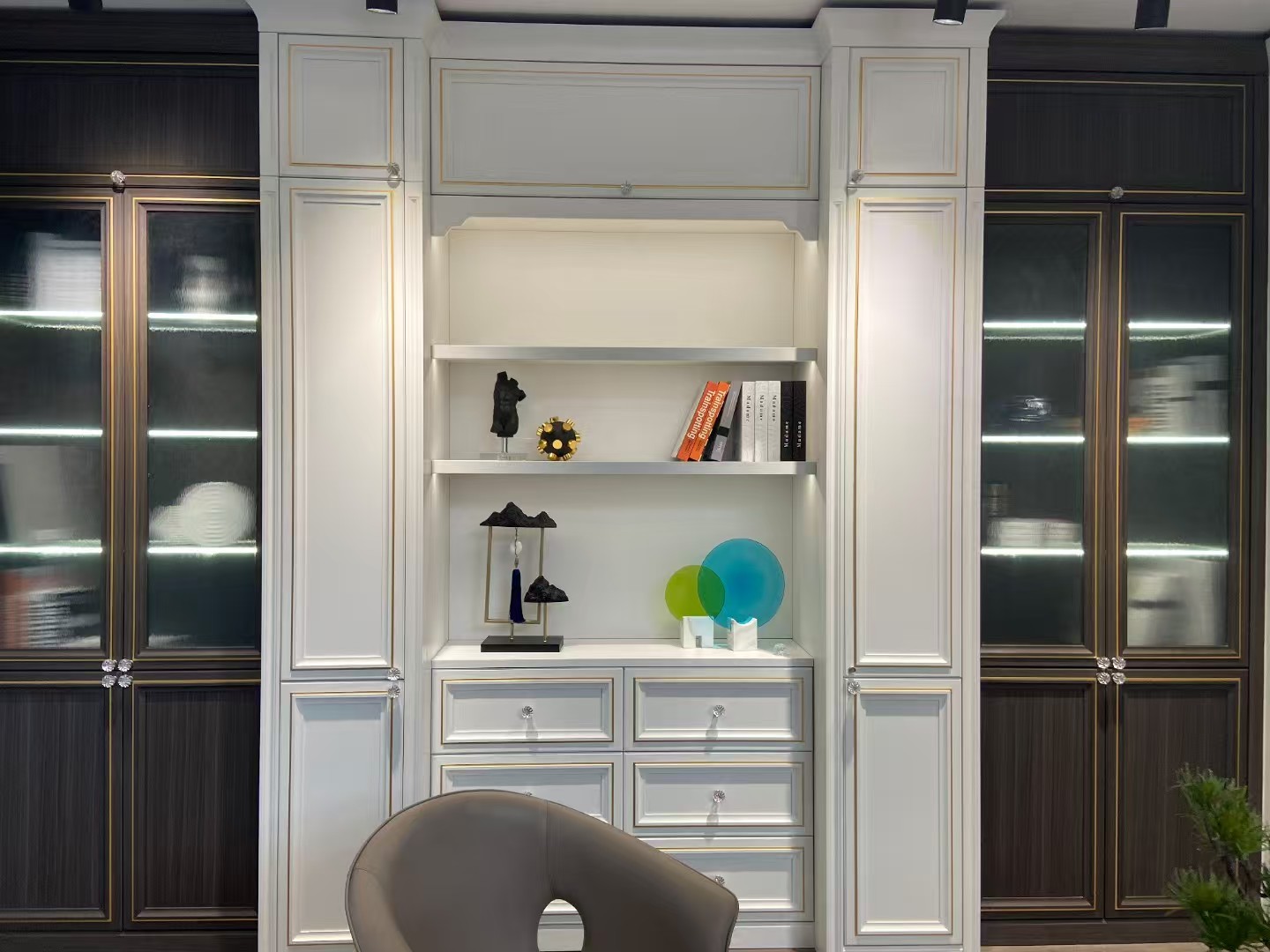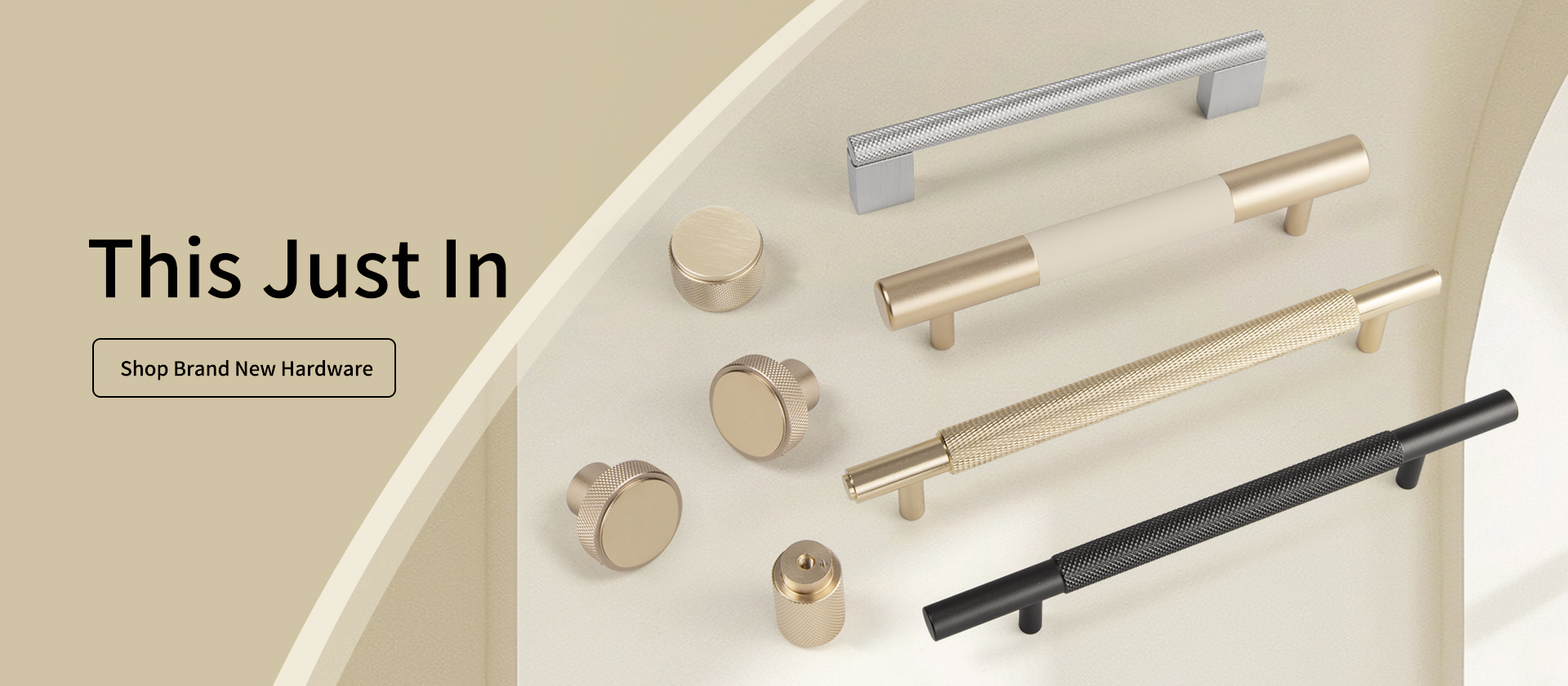
What Are the Advantages of Recessed Handles Compared to Other Handle Solutions?
As a cabinet hardware specialist with over a decade of industry experience, I’ve witnessed firsthand how handle design impacts both functionality and aesthetics. Among all solutions, recessed handles stand out for their unique blend of practicality and sleek design. If you’re torn between traditional handles and modern alternatives, this article will break down why recessed handles often emerge as the superior choice—especially for spaces demanding precision and sophistication. Let’s dive in.
Table of Contents
1. The Problem with Conventional Handles
Do protruding handles snag your clothes, collect dust, or disrupt the clean lines of your cabinetry? Traditional handles, while functional, often create clutter and safety hazards in tight spaces. Imagine a kitchen where every drawer pull catches sleeves or a medical cabinet where accidental bumps could compromise sterility. These pain points aren’t just inconvenient—they’re design flaws.
2. The Recessed Handle Solution
Recessed handles solve these issues by integrating seamlessly into surfaces. Unlike protruding designs, they sit flush with cabinetry, eliminating snagging risks and saving critical space—ideal for compact kitchens or high-traffic industrial environments . At Honkingstar, we’ve seen clients reduce workplace accidents by 40% simply by switching to recessed models.
3. Space Efficiency: Maximizing Every Millimeter
In small kitchens or modular office systems, every inch matters. Recessed handles embed into panels, freeing up room for storage or movement. For example, a 2024 study noted that recessed designs can save up to 15% of front-facing cabinet space compared to bar handles. This streamlined approach not only enhances usability but also aligns with minimalist design trends dominating residential and commercial projects.
4. Aesthetic Superiority: Invisible Functionality
Modern interiors thrive on clean lines and unbroken surfaces. Recessed handles achieve this by hiding grip areas within grooves or undercuts, creating a “handleless” illusion. As one designer put it, “They let the material—whether matte laminate or brushed steel—take center stage.” This makes them a favorite for luxury kitchens and high-end retail displays.
5. Enhanced Safety and Durability
Protruding handles are prone to damage from impacts or corrosion. Recessed variants, however, protect their grip surfaces within the structure. In industrial settings, this design prevents accidental hooking by machinery or clothing. Honkingstar’s stainless-steel recessed handles, for instance, undergo anti-corrosion treatments to withstand harsh environments—a key advantage over plastic alternatives.
6. Customization and Material Innovation
A 2024 market analysis by Bo Yan Consulting predicts a 12% annual growth for recessed handles, driven by demand in smart homes and healthcare. Architects and engineers increasingly specify them for projects prioritizing safety and space optimization. At Honkingstar, our B2B sales of recessed units have doubled year-over-year—proof of their rising dominance.
7. Market Validation: Why Professionals Prefer Recessed Handles
A 2024 market analysis by Bo Yan Consulting predicts a 12% annual growth for recessed handles, driven by demand in smart homes and healthcare. Architects and engineers increasingly specify them for projects prioritizing safety and space optimization. At Honkingstar, our B2B sales of recessed units have doubled year-over-year—proof of their rising dominance.
Conclusion & Call to Action
Recessed handles aren’t just a trend—they’re a strategic upgrade for anyone valuing efficiency, safety, and timeless design. Whether renovating a kitchen or outfitting a factory, their advantages over traditional handles are undeniable.
Ready to transform your space? At Honkingstar, we offer tailored recessed handle solutions with lifetime warranties and CAD-supported customization. Contact us today for a free consultation or browse our catalog at [Honkingstar.com].
Conduct Product Testing
Once you’ve received samples, conduct your own quality checks. Ensure that the materials used meet your standards for strength, durability, and finish. If your products are meant to be used in high-end or commercial settings, this step is crucial to avoid any surprises later on.


